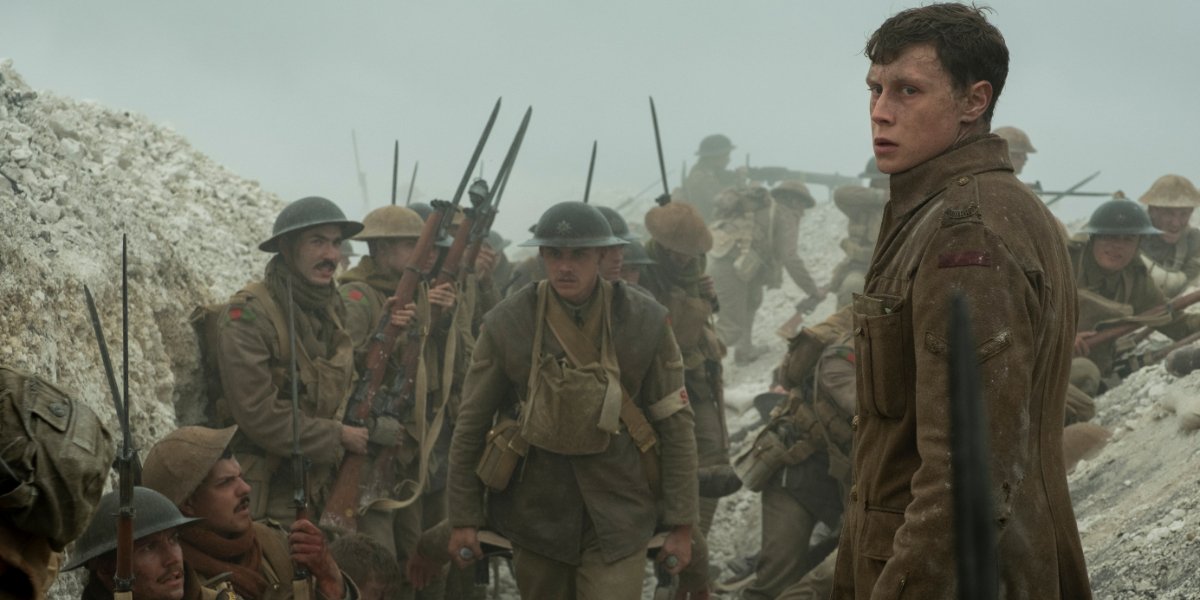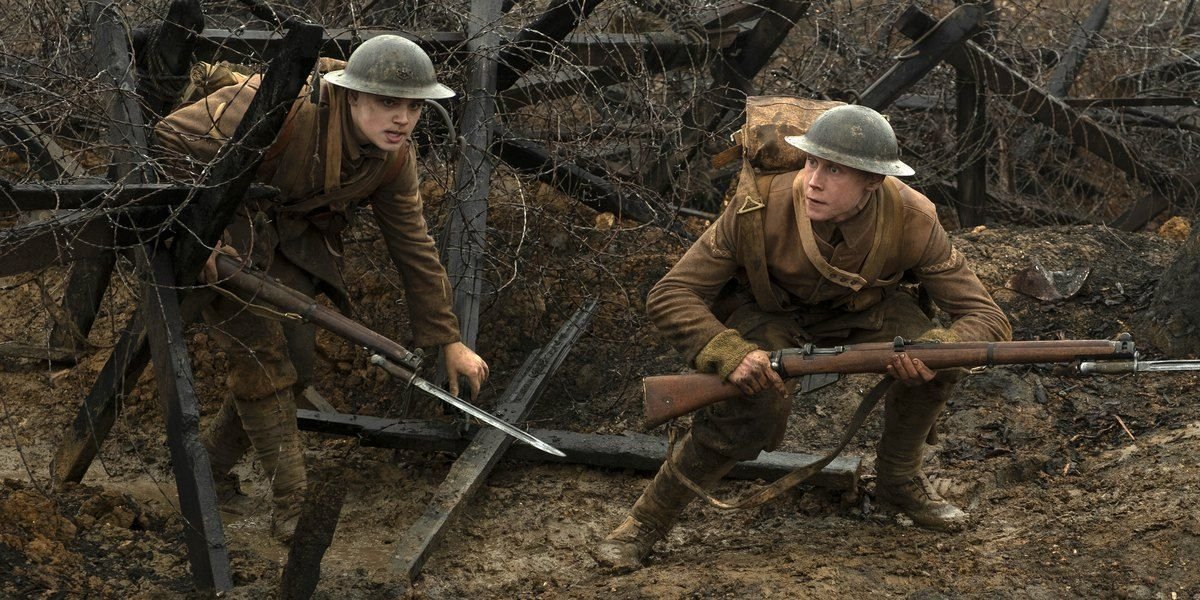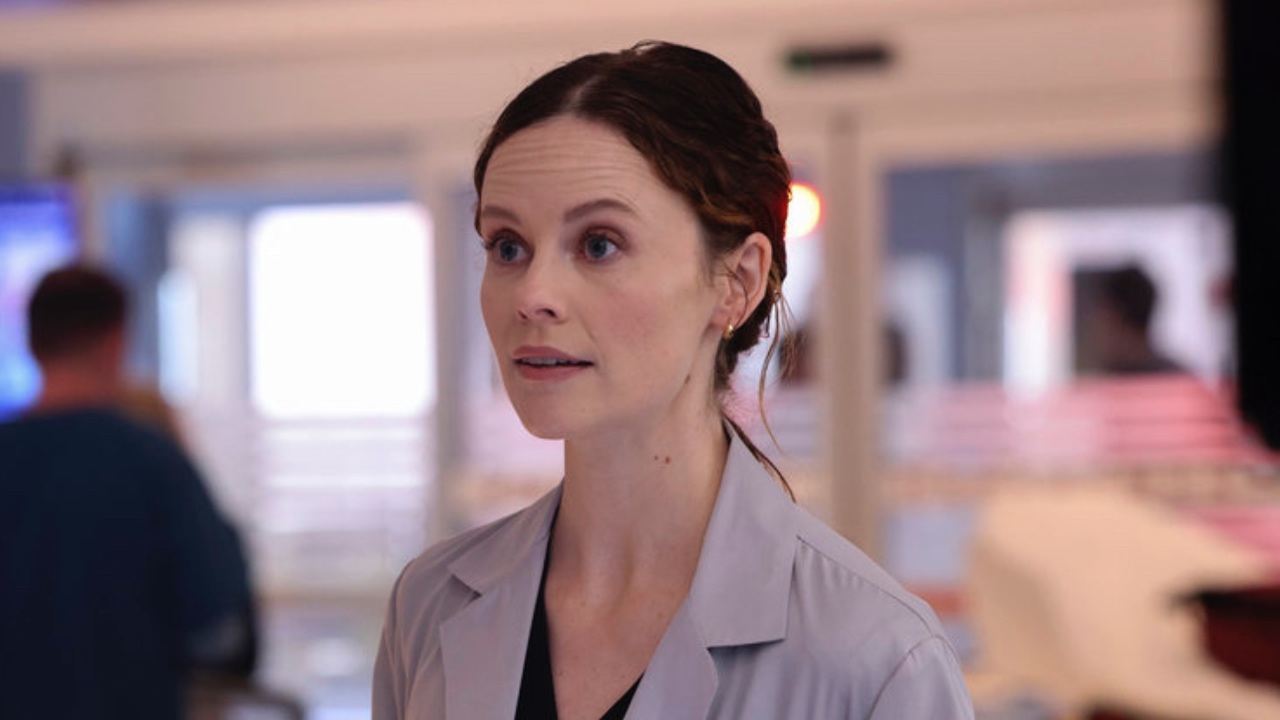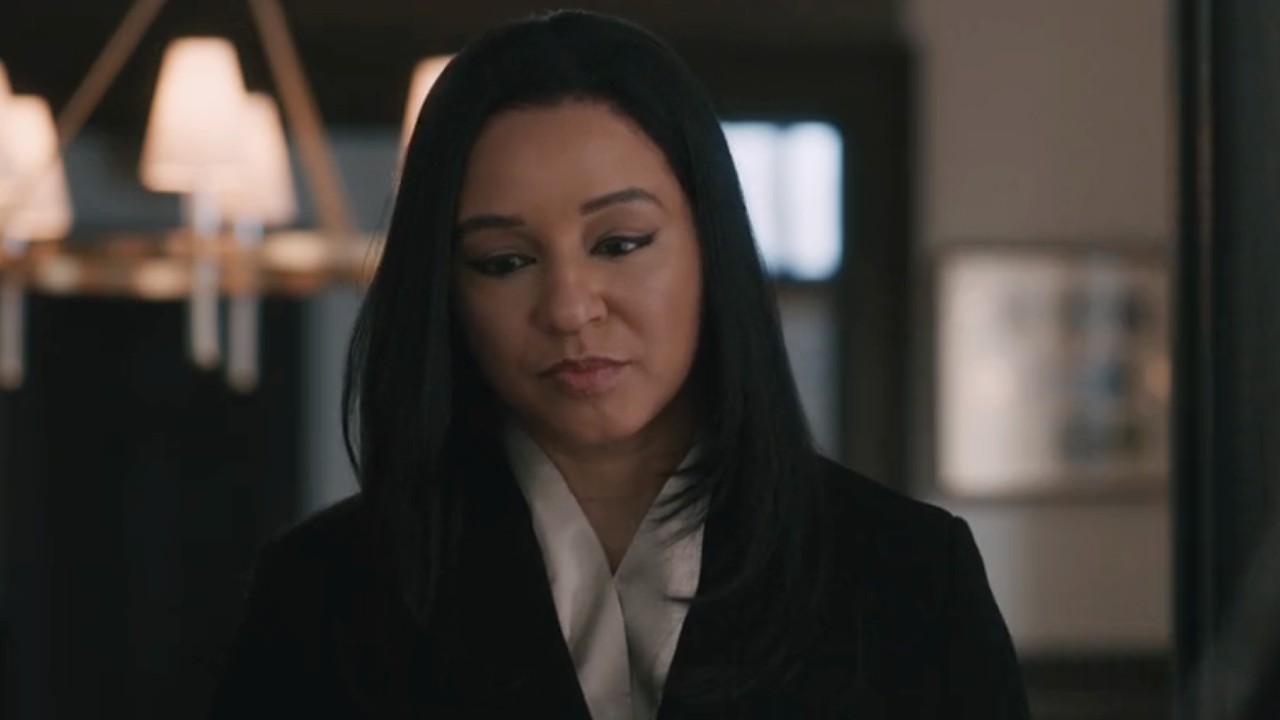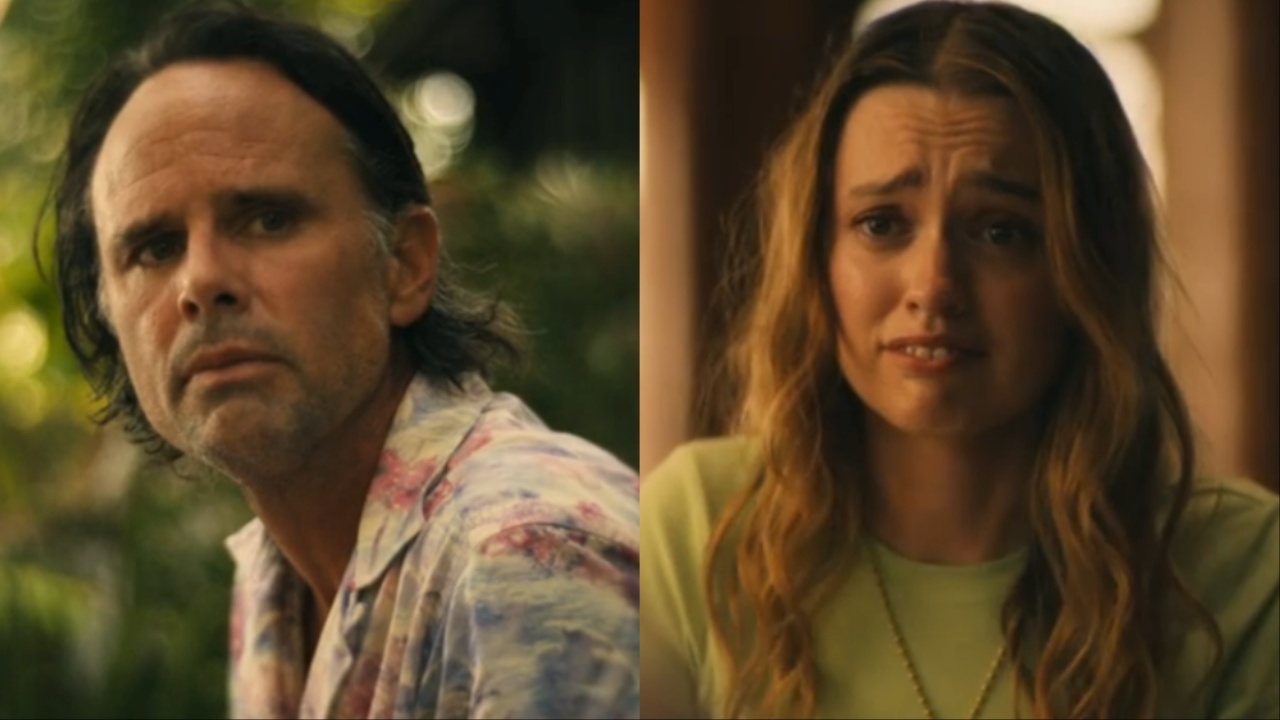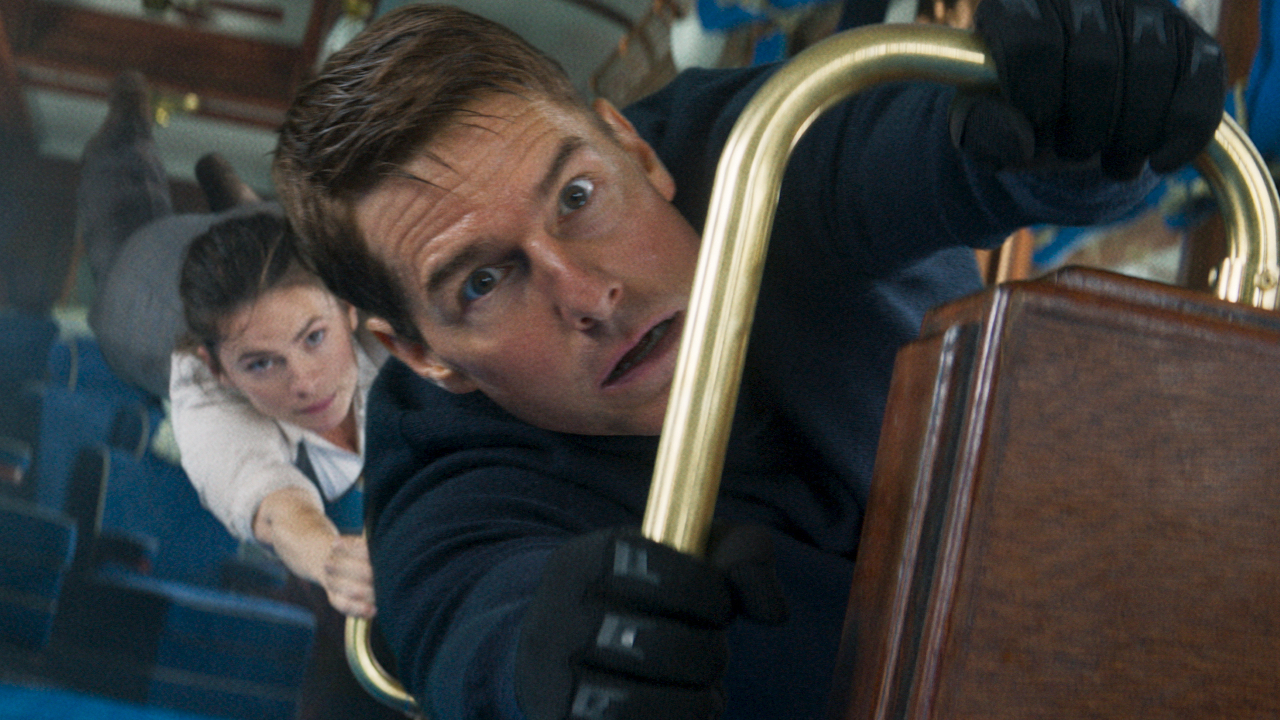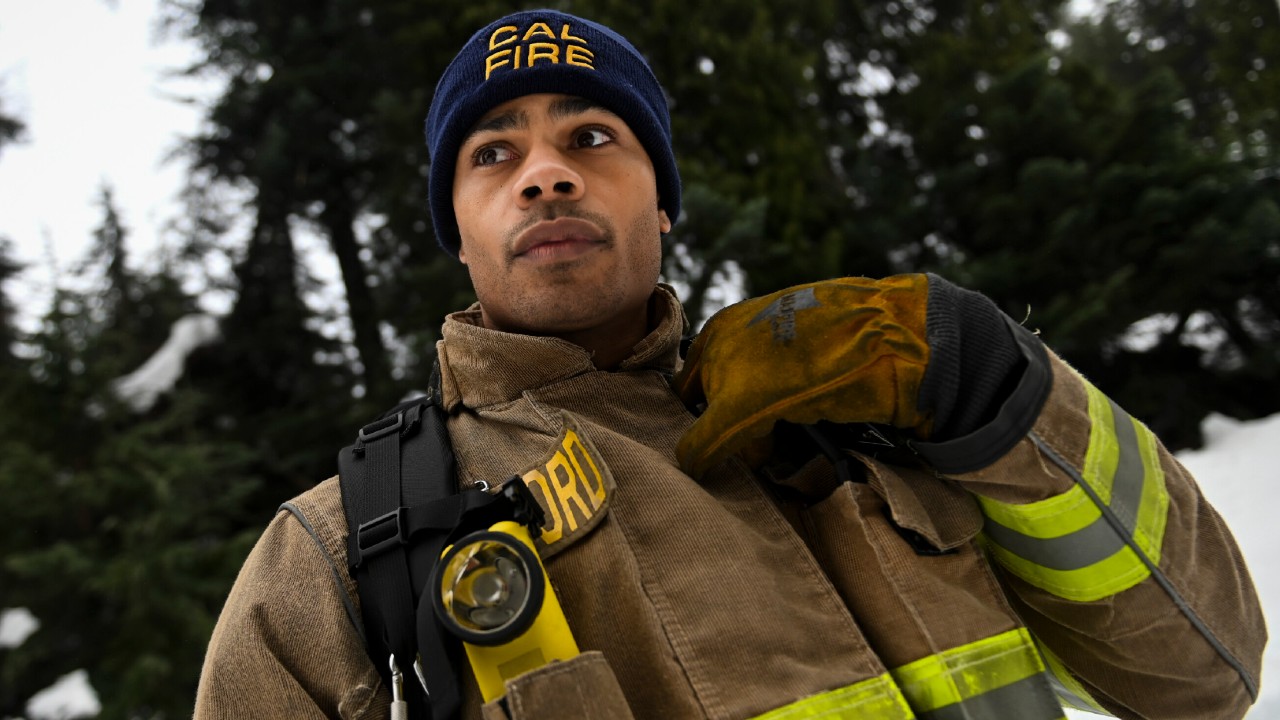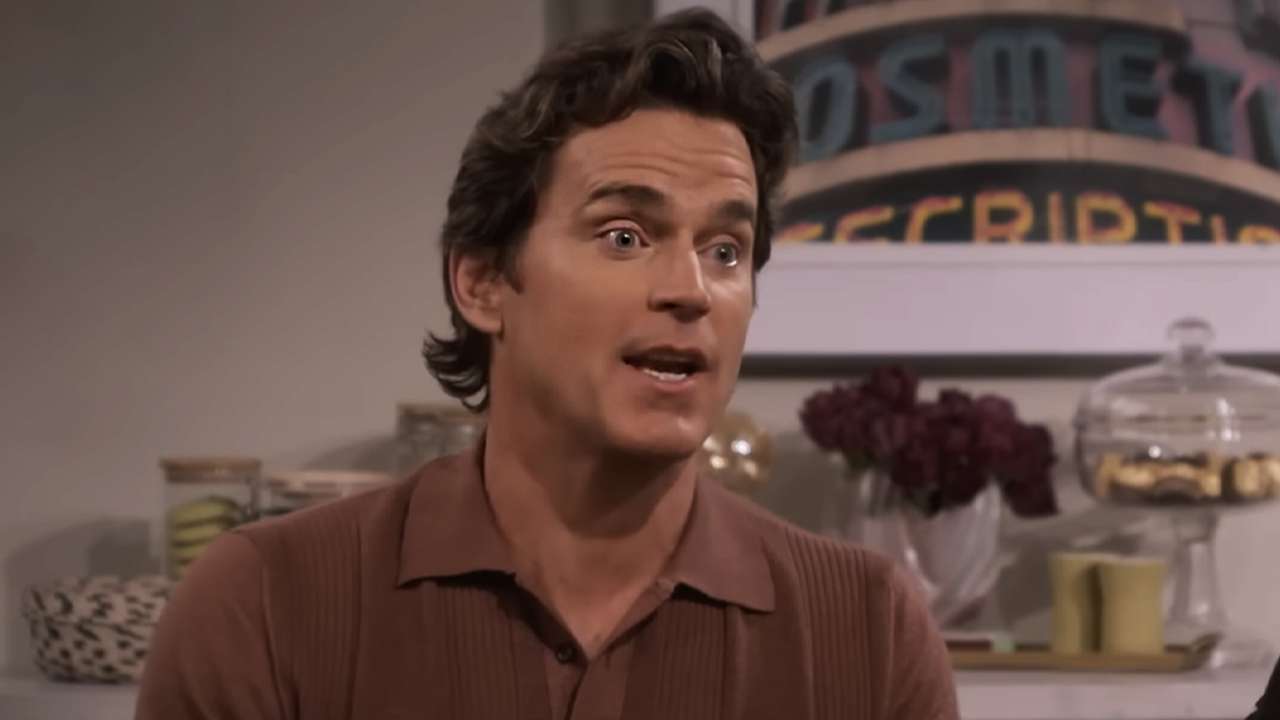1917’s Script Was Grossly Detailed, Compared Dead Bodies To Cheese
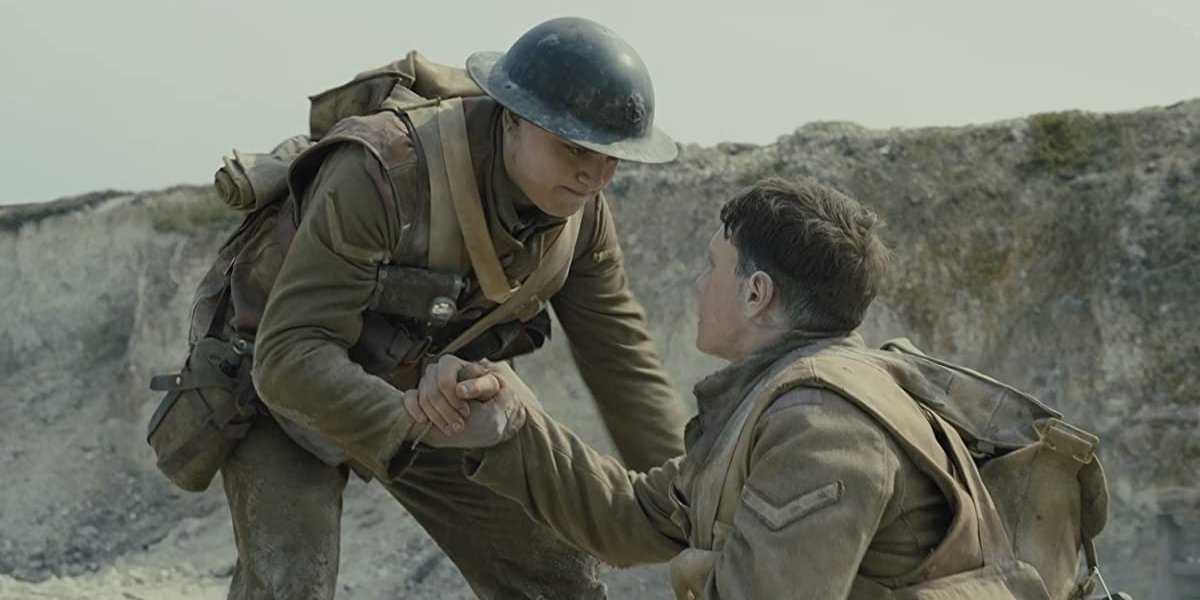
CinemaBlend participates in affiliate programs with various companies. We may earn a commission when you click on or make purchases via links.
As co-writer/director Sam Mendes’ 1917 was designed from the start to deliver a real-time thrill ride through one particular day in World War I, everything had to be planned to the last detail. With every step of Lance Corporals Blake and Schofield's journey laid out in writer Krysty Wilson-Cairns screenplay, the film is so tightly wound, you could imagine it had to have an insane level of detail. Apparently that assumption is so right that if you were to read the original scripting for one particular scene with a dead body, you’d never eat soft cheese again.
During a phone conversation with Krysty Wilson-Cairns, timed to the home video release of 1917, I had inquired about a couple of moments myself and my colleagues had wondered about in terms of just how deeply scripted they were. One such scene is the moment where George MacKay’s Schofield accidentally plunges his wounded hand into a decaying corpse he lands next to.
While the line of stage direction we’re about to reveal isn’t in the final script, it was in one of the drafts that helped shape 1917. If you ever want to enjoy Camembert again, or are terribly squeamish, feel free to jump over this quote:
That was in the script. … I believe the line that was in the script that we took out was ‘Will falls onto the body, it has the consistency of Camembert.’ … Haven’t eaten Camembert since.
In a film like 1917, where dialogue can sometimes be sparse, it’s imperative to set up every detail of the scenes that will be filled in by an actor’s performance. It’s even more important to have that understanding baked in to a script for a film where someone like director Sam Mendes will rely more on rehearsals than multiple takes for the editing room.
But that detail about a decaying body having “the consistency of Camembert” takes the cake when it comes to evocative statements. It’s the kind of line that feels like it comes out of a horror script, which only raises the stakes for the person reading it. But, as Krysty Wilson-Cairns told me over the phone, this moment was revised before going into its final iteration.
So how does this moment read in the final shooting draft for 1917? Referring to that very document, we get this just as effective, but less descriptive, substitute:
CINEMABLEND NEWSLETTER
Your Daily Blend of Entertainment News
Schofield’s wounded hand lands on the man’s back and sinks - right through. Schofield’s cut hand goes into the putrid flesh.
As far as stage directions go, that moment still does what it says on the tin. “Putrid flesh” is just as disturbing as “the consistency of Camembert,” without going into as much gory detail as the original stage direction did. But in terms of the reader’s experience, one could make a big case for keeping the horrors of cheese texture in 1917’s final wording.
Either case reinforces the beliefs of Krysty Wilson-Cairns, and any good screenwriter, which aim to craft a script that not only lays out the plans for action, but also reads as well as a novel. She further explained the importance of this approach as follows:
First of all, I believe as a screenwriter, I think film scripts should be inherently visual. When you sit down to read a script, you should play a movie in your head. And yes, it might not be the final film, because you know it’s just one person’s point of view. You’ve still got to get the screenwriter and the director, and everyone. The cinematographer’s got to have their own in still. But film scripts should read like movies. You should feel things, you should see things for yourself. So I always like to put in those kind of descriptions of the really important things.
This conversation led to another example of what Krysty Wilson-Cairns previously called “life talking back,” or in this case, as before actor Andrew Scott was ever known as the “Hot Priest” from the Prime Video series Fleabag, Wilson-Cairns kind of called the shot by writing a moment that certainly feels like it connects to that popular character.
Just before Lance Corporals Blake and Schofield leave their trench and set off on their adventure at large, Andrew Scott’s character, Lieutenant Leslie, blesses them with his canteen and says a prayer. Again, this is a moment that works so organically that it very well could have been something Scott threw in because of recent experience.
Much like Schofield’s gruesome pseudo-handshake with a corpse though, this proto-Hot Priest moment was scripted by Krysty Wilson-Cairns herself; a moment that she proudly proclaims made Andrew Scott an attractive vicar before she even saw his more notable appearance on Prime Video’s much talked about series.
Whether it’s a priest giving a wartime blessing, or a body just waiting to be surprisingly thrust into a harrowing scene of survival, the script that describes either of those moments is key to them making the final film. It all boils down to Krysty Wilson-Cairns’ best piece of advice when it comes to writing a screenplay: “If you can’t get it to work on the page, you can’t get it to work on screen.”
In the case of 1917, thanks to the sterling work that Krysty Wilson-Cairns and Sam Mendes did on the film, both in the initial writing phases and the constant on set tweaks that were necessary to keep the film on track, it all worked out for the best. A result you, the viewer, can now enjoy for yourself, as 1917 is currently available on Digital HD, as well as 4K UHD, Blu-ray, and DVD.
Meanwhile, if you’re curious as to what Krysty Wilson-Cairns is up to next, you can see her work on the big screen later this year, as she and director Edgar Wright teamed up for Last Night In Soho, which is slated to hit theaters on September 25.

Mike Reyes is the Senior Movie Contributor at CinemaBlend, though that title’s more of a guideline really. Passionate about entertainment since grade school, the movies have always held a special place in his life, which explains his current occupation. Mike graduated from Drew University with a Bachelor’s Degree in Political Science, but swore off of running for public office a long time ago. Mike's expertise ranges from James Bond to everything Alita, making for a brilliantly eclectic resume. He fights for the user.
Someone Put Together A Compilation Of Tom Holland Calling His Spider-Man Role, Loving Zendaya And Uncharted Before They Happened (And Talk About Manifesting What You Want)
The Oscars Are Finally Awarding Stunts, But Fans Can't Stop Making The Same Sad Point About Tom Cruise And Mission: Impossible
